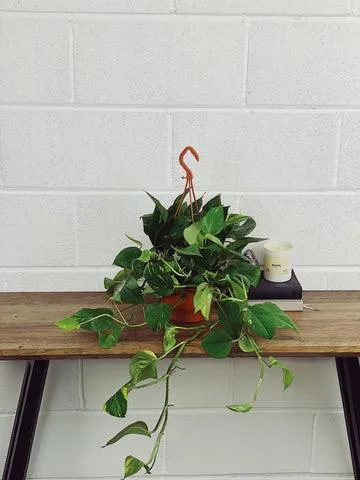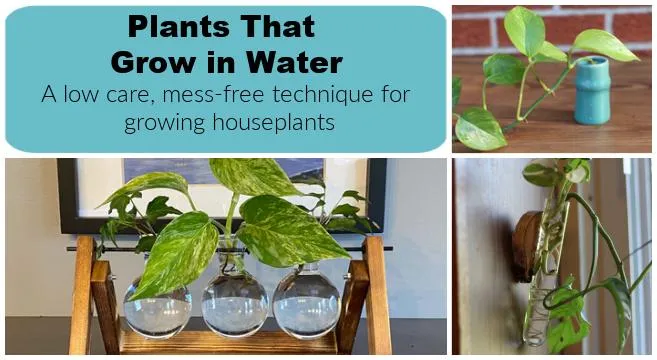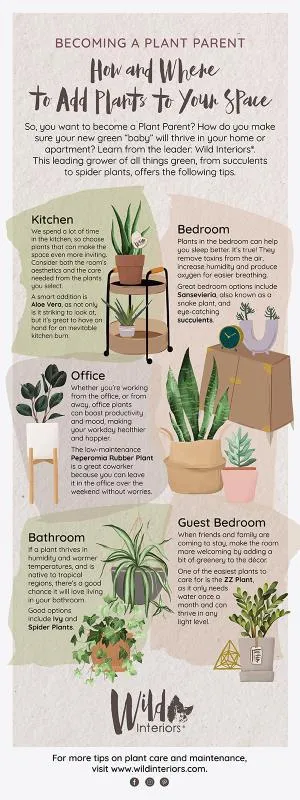Everything You Need to Know About Growing Ivy Indoors
If you’re looking to bring a touch of greenery into your home but don’t have access to a garden, growing ivy is a great option. Ivy thrives in indoor conditions and requires minimal care once established. In this comprehensive guide, I’ll cover all the basics of successfully cultivating ivy within your walls.
Choosing the Right Variety
- English ivy (Hedera helix) – The classic choice that is very hardy and adaptable to different light levels. It tolerates low light well.
- Needlepoint ivy (Hedera helix ‘Needlepoint’) – A popular compact cultivar great for desks and shelves with its small glossy leaves.
- Baltic ivy (Hedera helix ‘Baltica’) – Produces delicate five-lobed leaves that are ideal for baskets and hanging plants.
When choosing a variety, consider the light conditions in your home and the style you prefer – delicate foliage or a fuller habit. English ivy strikes a nice balance of being durable yet lush. From my experience, it’s one of the easiest to care for.
Light Requirements
Ivy needs bright, indirect light to thrive but will tolerate low light levels for a time. Southeast or west facing windows provide the perfect exposure. Direct sun should be avoided, as it can scorch the leaves. If light is limited, rotate the plant weekly so all sides receive some rays. Having grow lights on a timer is also a good option. Proper lighting is key for ivy to stay beautiful without becoming leggy.
Water and Humidity
Ivy likes moist soil but shouldn’t be left soggy. The soil should dry out slightly between waterings. Feel the top inch to check moisture level and water thoroughly when it starts to dry. Mist leaves occasionally to increase humidity, which ivies appreciate. Pebble trays or a humidifier can further boost humidity on dry indoor days. Under-watering is preferable to over-watering, which can cause root rot – aCommon issue novice ivy growers face.

Potting and Soil
Repot ivy into a container with drainage holes using a potting mix specifically for houseplants. I like to use a soil labeled “cacti and succulent” or “indoor plants” for its improved drainage. Ivy grows via adventitious roots from stem nodes, so the roots don’t require a large container. I usually go up only one size from the nursery pot. Ensure the plant is not rootbound before repotting.
Fertilizing
In the spring and summer, feed ivy every 2-4 weeks with a dilute liquid houseplant fertilizer. Cut back to every 4-6 weeks in fall and winter when growth slows. Follow label instructions carefully to avoid burning the plant. Ivy is not especially hungry but regular small doses of nutrients will keep it thriving. If growth looks stunted, a foliar spray of fish emulsion or compost tea can provide a quick nutrient boost.
Pruning and Training
Ivy can be pruned and trained to grow vertically up supports. Use thin wooden stakes, bamboo stakes, or wire grids to encourage vines to climb. Pinch growing tips back to encourage branching and fullness. Cut stems back hard in early spring for major shaping. You can also prune to control size or remove leggy or damaged growth. Always disinfect pruning shears between plants to avoid spreading disease. With guidance, ivy makes stunning hanging basket or topiary arrangements.
Pests and Problems
The main issues with indoor ivy include mealybugs, spider mites, and scale insects. These sucking pests thrive in low humidity and can quickly defoliate an plant. Isolate any infested ivies and spray leaves top and bottom with neem or insecticidal soap, repeating every 3-5 days as directed. Good sanitation and prevention is key – regularly wash leaves with a mild soap and water to physically remove pests. Under-watering, low light, and drafty conditions can also stress ivy making it more susceptible to infestations.

So in summary – give ivy bright indirect light, keep soil moist but not soggy, fertilize regularly, prune to shape, and watch for pests. With some basic care following these guidelines, your ivy should reward you with lush foliage indoors for many years to come. Just be careful not to overwater – underwatering is nearly always preferable to the alternative, from my experience. Let me know if you have any other questions!
Growing Indoor Ivy: Care Tips and Requirements
| Variety | Light Needs | Watering | Humidity | Soil |
|---|---|---|---|---|
| English Ivy | Moderate, bright indirect light | Allow soil to dry slightly between waterings | Higher humidity benefits growth | Well-draining potting mix |
| Swedish Ivy | Low to moderate, tolerates low light | Water when top 1-2 inches of soil are dry | Tolerates low humidity | Organic potting soil |
| Needlepoint Ivy | Bright indirect light | Water regularly to keep soil moist | Prefers moderate humidity | Well-draining soil with perlite |
| Cast Iron Plant | Low to bright light, tolerates shade | Allow soil to dry between waterings | Tolerates low humidity | Well-draining potting mix |
FAQ
-
How long should I keep my indoor ivy plants?
You can keep indoor ivy plants for years if they’re cared for properly. Giving them plenty of sunlight, keeping the soil moist and spraying the leaves occasionally will help ivy plants live a long time indoors.
-
What kinds of ivy grow well indoors?
English ivy, Swedish ivy, and wandering Jew are types that do great inside. They need average to low sunlight and tolerate low humidity levels well, making them good choices for living rooms or offices.
-
How often should I water indoor ivy?
Ivy likes to stay somewhat moist, so check the soil every few days. You’ll want to water when the top inch of soil becomes dry. Be careful not to overwater though – too much moisture can cause root rot.

-
How do I make ivy vines grow longer?
To encourage ivy vines to grow, give the plant something to climb. You can train ivy vines up poles, alone walls, or hang planters at different heights. Proper lighting and occasional plant food will also help ivy vines get long and leafy.
-
Is it hard to care for ivy indoors?
Nah, ivy is actually pretty low maintenance. As long as it gets decent light and you water when the soil dries out, ivy is kind of chill. Just give it something tall to climb and it’ll be happy hanging out inside all year.
-
My indoor ivy is losing leaves, what’s wrong?
Ivy sheds leaves when under stress, such as from too little light, drought, or cold drafts. Check that it’s getting at least partial sun and the soil stays moist. Improving conditions may cause new growth. If the problem persists, it could have pests – check carefully for signs of insects.
-
Can ivy plants be toxic to pets?
While English ivy may not harm adult pets THAT eat it, the sap could cause kidney problems if ingested in large amounts. It’s best to keep ivy plants out of reach of cats and dogs, just to be safe. Monitor pets closely if you have ivy hanging low or trained along the floor.

